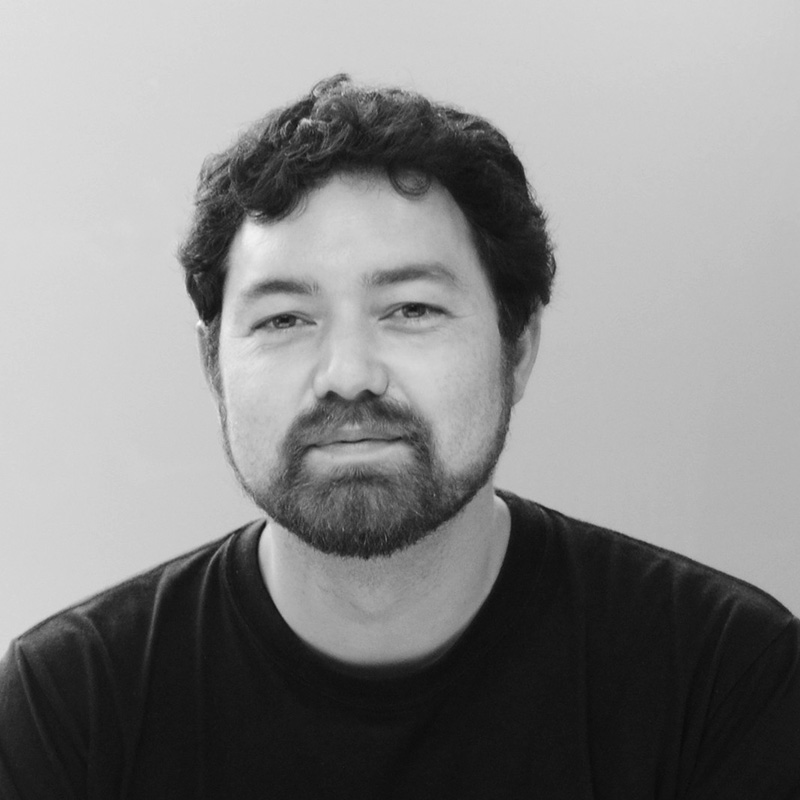Interface Design
Whatever your requirements are: classic software application, mobile app or embedded interfaces, System D supports you in your development of digital products where the user comes first. We combine Product- and Interface Design seamlessly to a harmonic and consistant system.
Design Process
Our systematic design process is divided into five phases from which you can choose those relevant to your design goals or you can entrust us with the complete project course. The objective of our work is to achieve the optimal result in close cooperation with you.
Discover
At the start of a project our main focus is to ask the right questions and get to know you- the client- and the closely inspect the project requirements.
Define
The objective of this phase is to make concrete proposals for user concepts and workflows that display functional contexts and required screen content. The focus is to establish the logical information architecture, the general navigation and relevant processes of usage.
We work in steps. Wireframe layouts that purposely omit design elements are a great way to quickly create layouts that already include all relevant screen elements. Prior to the design phase these wireframes can be transformed to first clickdummies with added simple interactions that enable the experience and assessment of workflow and structural concepts without the “distraction” of design elements. With this approach user testings can be conducted that deliver valuable feedback for the revision of the next iteration.
Design
The development of the GUI is the logical progression of the previous phases. The structure of the layout, the user concept and the workflow have already been established.
The next step is the development of a “Look and Feel”. We prepare Graphical User Interface proposals and prepare screen elements and components in all necessary states, propose color concepts and design icons and illustrations. We adapt your company color concept, typographical guidelines and additional corporate identity elements or we develop your individual design system upon your request.
Deliver
We like to work closely with your software developers. We deliver the final design handoff as a digital styleguide with any information you need for the software implementation. We prepare all digital assets pixel-perfect and provide them in the required file format. Upon request we can generate printed styleguide for you that define all screen elements, interaction- and design patterns or we can support you with the development of requirement documents – e.g. software requirement specification for the certification of medical user interfaces.
Deploy
After the software release we stay in close touch with you to constantly improve the product. We integrate features in the GUI when new requirements come up and document the changes for your software documentation and keep all digital assets and implementation files up to date.
Prototyping
Software prototypes speed up the design process and ensure that functional misconceptions or workflows that are hard to follow don’t find their way in the design development phase iteratively. From simplest paper prototypes to wireframe clickdummies for workflow and navigation concept assessment to high-resolution clickdummies with complex conditional logic, micro-interactions and animated screen content. In every project phase various concept ideas can be created and assessed with real users without high coding efforts. Necessary changes can be made with minimal expenses.
Documentation
A software development documentation is becoming increasingly important not only in the medical design field. Regulatory authorities such as the FDA and EMA regularly exacerbated their requirements in the previous years. In order to avoid a tedious reconstruction of past development steps we can document the development iterations in the course of the project if requested. Our structured design process help keeping all decisions and iterations easy to follow. If you need support with the creation of manuals or brochures we can prepare all graphics, illustrations and visualisations for you.
Johann Henkel
UX/UI
Please reach out to me for additional information. I am looking forward to a call or mail from you.

